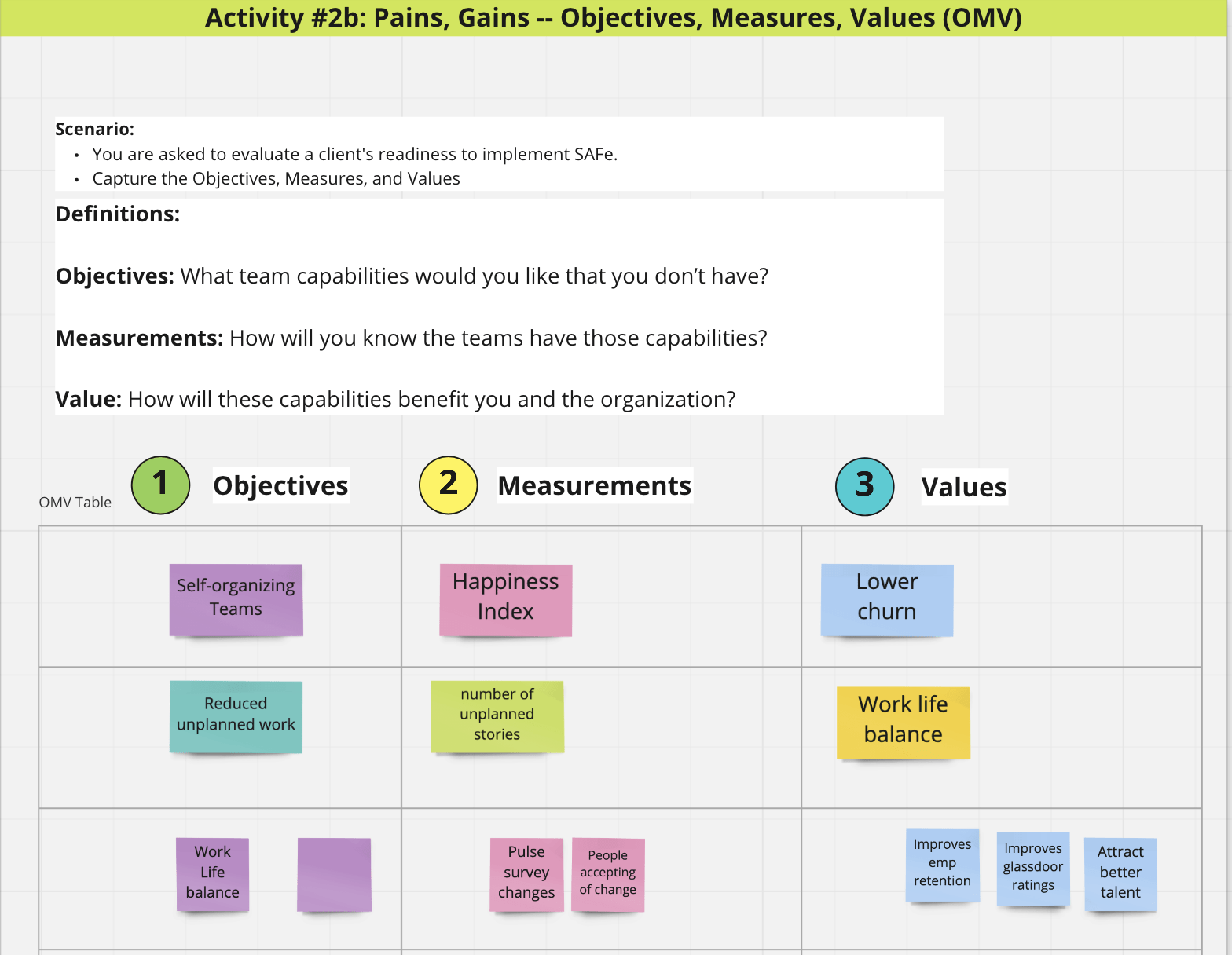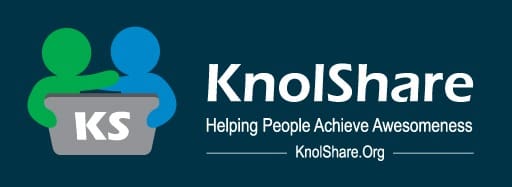Managing the Invisible Knowns / Unknowns of Scaling Agile in the Enterprise – Part II
Managing the Invisible Knowns / Unknowns of Scaling Agile in the Enterprise – Part II
Written by: Allison Pollard and Dr. Dave Cornelius
Scaling agile in an enterprise is a large undertaking with many moving parts. Some enterprise agile coaches may want to start with a self-assessment to discover if the organization is capable of participating in a scaling agile practice. We have found that the invisible knowns or unknowns are completely ignored and people resist this enterprise change because they are not heard or seen. In Part I, we shared how to begin by taking the pulse of the people that will be affected by the enterprise change when introducing a scaling agile practice using the pains and gains activity. Here, we will expand on another way to focus more on the people in the path of change using Objectives, Measures, and Values (OMV) from the Agile Fluency Model.
A self-assessment of an organization’s readiness for scaling agile is going to provide lots of information about potential areas to be addressed and changes to be introduced. If you rely only on a self-assessment of the organization’s readiness for scaling agile, it would appear that the teams need all of the capabilities covered in the assessment to the maximum degree possible. The detailed results might lead to creating a sophisticated plan to shift each piece of the organization in the shortest time frame possible. Invisible knowns and unknowns would emerge as surprises and be seen as obstacles during execution of the plan. Success is evident when the self-assessment is conducted again and all capabilities are strong. However, it could take months and years and likely a lot of heartache to maybe get there! Figure 1 shows invisible knowns and unknowns that a self-assessment may not reveal.

It doesn’t have to be that way. I have found that the OMV activity helps capture the voice of the customer in their own words, which may increase buy-in into the scaling agile practice change initiative. The OMV activity asks the sponsors about the Objectives, Measures, and Value:
- “What team capabilities would you like that you don’t have?”
- “How will you know the teams have those capabilities?”
- “How will these capabilities benefit you and the organization?”
The OMV activity often provides clarity for the leader in what their underlying mission is behind scaling agile. We say “mission” because their responses will provide the needed traction for the complex changes ahead. Generative (performance-oriented) leaders focus on the mission, and OMV conversation with the leader provides this more tactical focus for a shorter-term win than the organizational self-assessment. The leaders may open up about some of the invisible knowns and unknowns in the organization that could impact the mission. With that, we can explore deeper conversations with the leader about what their part in change may be and how prepared they are for it.
Figure 2 describes the Generative Leadership 4-Cs that will allow the organization members to actively participate in the scaling agile practice change initiative. The 4-Cs include being committed, connected, courageous, and complete. These attributes will reduce the friction of dealing with change and increase transparency to learn more about the invisible knowns and unknowns.

You can also use this activity with groups who will be involved in or impacted by scaling agile. Individuals and teams may discover their What’s In It For Me (WIIFM) as they reflect upon the value of new capabilities. Based on the OMV definitions from the leader or a group, you can apply the Human Systems Dynamics (HSD) adaptive action questions to go further. The adaptive action inquiries include; 1) What (patterns noticed now; patterns you want now), 2) So What (do these patterns mean to our collective work?), and 3) Now What (are you / we going to do?). Tying this into their objectives and measurements can move them into future experiments to run. Figure 3 illustrates the use of the OMV activity.

Conclusion
Objectives, Measures, and Values (OMV) provides alignment between people in the path of change to implement a scaling agile practice by 1) defining what needs to be accomplished (objectives), 2) measure what matters and 3) signal why (the values) of the organization. Engaging people in OMV conversations can reveal invisible knowns and unknowns that may otherwise surprise us later. Uncovering these invisible knowns and unknowns (the “impediments” to execution) can illuminate the way to scaling agile in the organization.
Read Part I - Pains and Gains
Part I of this topic described the use of partnering with people in the path of change by capturing their Pains and Gains.
